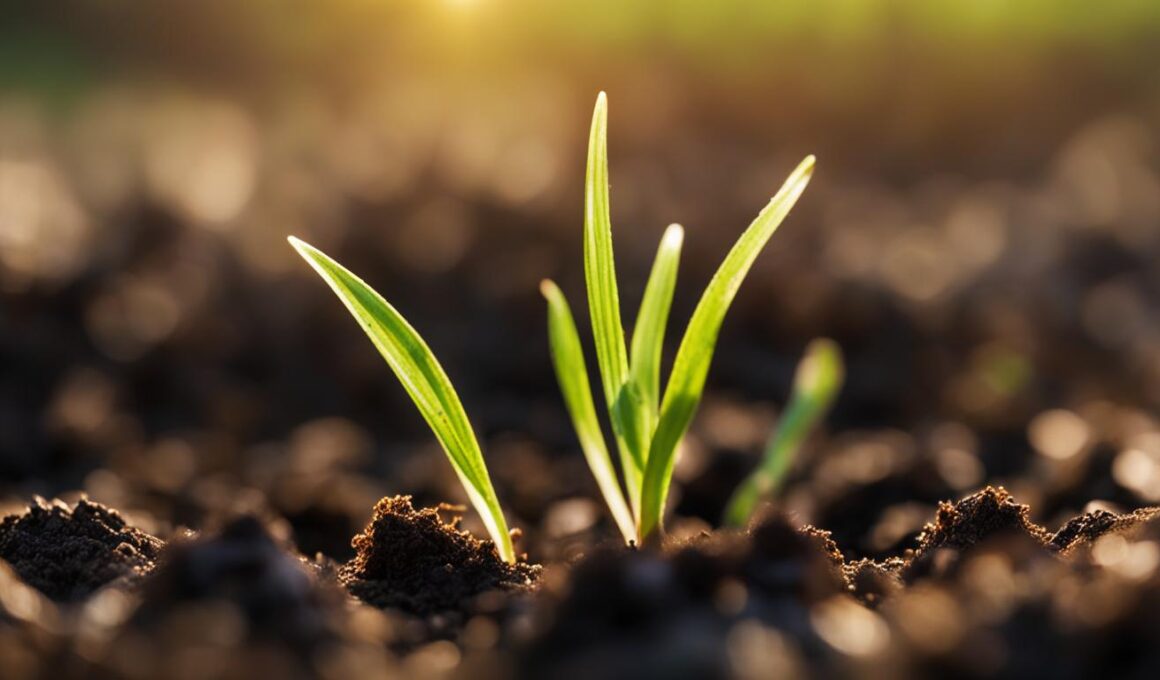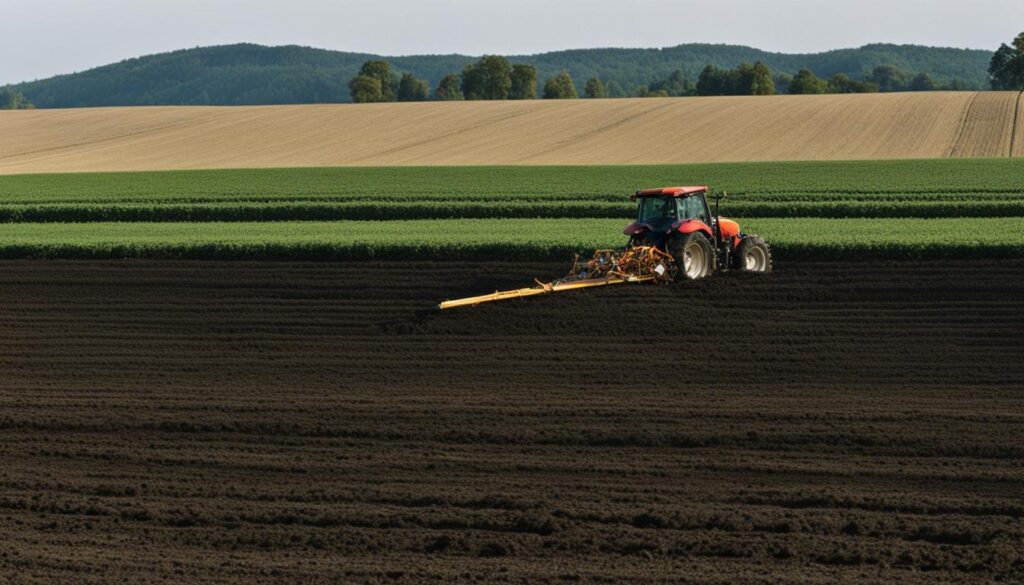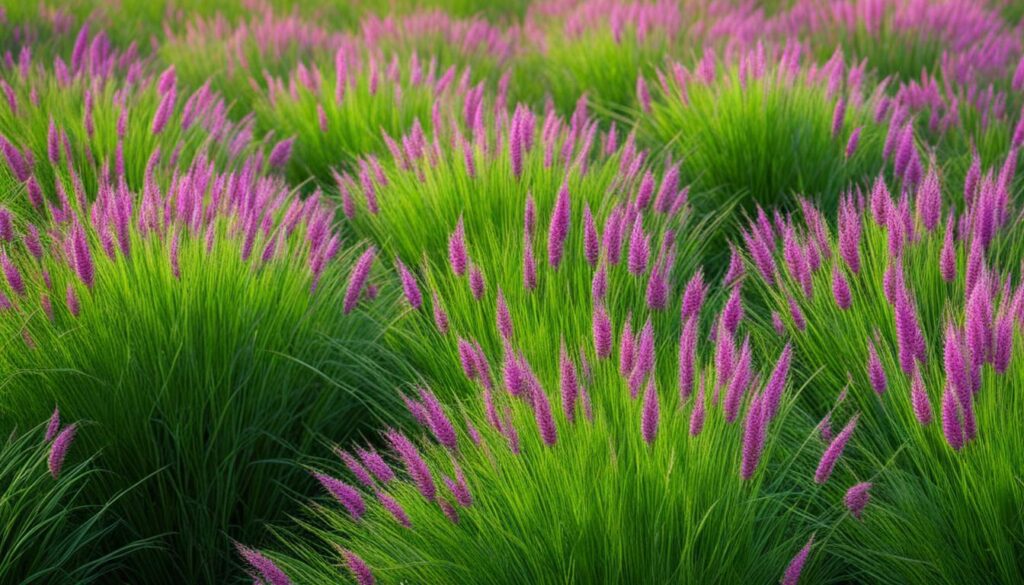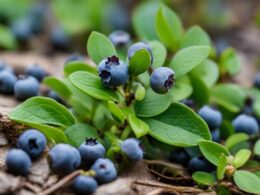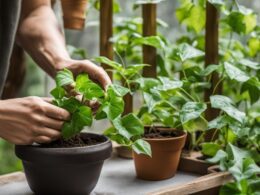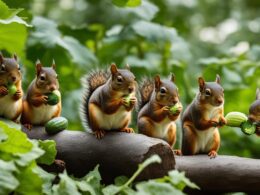Are you considering planting a new lawn or looking to improve the one you have? Understanding the process of grass seed production and germination is essential for achieving a lush and vibrant lawn. In this article, we will delve into the intricacies of grass seed production, from the factors involved in germination to the science behind successful planting.
Grass seed germination is a crucial step in planting a lawn. The process involves providing the necessary ingredients for seed growth, such as moisture, proper soil conditions, and optimal timing. Water is vital for the seeds to absorb through imbibition, triggering the activation of dormant enzymes and the utilization of stored food. Adequate soil moisture and oxygen levels are crucial for successful germination, and different grass species have preferred temperature ranges for optimal results.
In northern Minnesota, the grass seed industry has flourished due to favorable growing conditions. However, the presence of quackgrass, an aggressive perennial weed, posed a significant challenge to producing high-quality grass seed. Through collaborative efforts between the University of Minnesota, the Minnesota Crop Improvement Association (MCIA), and industry partners, effective field management systems and seed processing methods have been developed to eliminate quackgrass seed, ensuring the production of certified, high-quality seed for global turfgrass needs.
Successful grass seed planting involves several key steps. Soil preparation, including pH testing and soil aeration, ensures optimal conditions for growth. The right grass seed mix should be selected based on factors such as sun exposure and shade. Using a grass seeder or spreader, the seed is evenly planted for proper coverage. Adequate watering is essential for seed germination and early growth.
Research and breeding have played a significant role in the development of successful grass seed varieties. Efforts to improve the winter hardiness of perennial ryegrass have resulted in herbicide-tolerant varieties that thrive in northern Minnesota. Research on other turfgrass species has led to new varieties with unique traits for seed production. These advancements have contributed to the growth of the grass seed industry and the production of high-quality seed.
In conclusion, the grass seed production industry in northern Minnesota serves as a model for collaborative efforts in other regions. With proper grass maintenance and service plans, homeowners can achieve lush and vibrant lawns, contributing to the beauty of residential spaces, sports fields, golf courses, and parks. By promoting sustainable agriculture practices, the grass seed industry has not only enhanced the aesthetic appeal but also contributed to the economic growth of the region.
The Role of Quackgrass in Grass Seed Production
In northern Minnesota, the grass seed industry has thrived due to favorable growing conditions and the efforts of researchers, growers, and seed processors. However, the presence of quackgrass, an aggressive perennial weed, posed a significant challenge to producing high-quality grass seed. Quackgrass reduced seed yield and quality, making it difficult for growers to meet demand. To address this issue, researchers developed effective field management systems and seed processing methods to eliminate quackgrass seed. Collaborative efforts between the University of Minnesota, the Minnesota Crop Improvement Association (MCIA), and industry partners have led to the growth of the northern Minnesota grass seed industry and the production of certified, high-quality seed for global turf grass needs.
Through ongoing research and innovation, the weed control within the grass seed industry has improved significantly. By implementing best practices in quackgrass management, such as timely and targeted herbicide applications, farmers and seed processors have been able to minimize the impact of this invasive weed. This has resulted in increased seed yield and improved overall seed quality, ensuring that the northern Minnesota grass seed industry can continue to thrive and meet market demand.
Furthermore, the collaboration between academic institutions, industry organizations, and growers has facilitated knowledge sharing and the development of effective strategies for sustainable weed control. By staying updated on the latest research findings and actively participating in educational programs, farmers and seed processors have been equipped with the necessary tools and techniques to effectively manage quackgrass and other weed species.
The success of the northern Minnesota grass seed industry in overcoming the challenges posed by quackgrass serves as a testament to the dedication and perseverance of the individuals and organizations involved. Their commitment to continuous improvement and sustainable practices has not only ensured the production of high-quality grass seed but has also contributed to the economic growth and environmental sustainability of the region.
The Science Behind Successful Grass Seed Planting
Successful grass seed planting involves several key steps. The first step is soil preparation, which includes checking the pH level and loosening the soil through soil aeration. The pH level of the soil is crucial for grass to thrive, so it’s important to test it using a pH testing kit or with the help of a local cooperative extension. If the pH level is not within the ideal range, treatments can be applied to adjust it accordingly.
After ensuring the pH level is optimal, the next step is loosening the soil through aeration. This process helps create air pockets in the soil, providing room for the roots to grow and absorb nutrients effectively. Soil aeration can be done using a hand tool or a machine, depending on the size of the area.
Once the soil is prepared, the next consideration is seed selection. The appropriate grass seed mix should be chosen, taking into account factors such as sun exposure and shade in the area. Some grass species thrive in sunny conditions, while others prefer partial shade. Selecting the right grass seed mix ensures that the lawn will grow healthy and lush.
When it comes to planting the seed, a grass seeder or spreader is commonly used. This device ensures that the seed is evenly distributed and adequately covers the area. Following the instructions provided with the grass seeder or spreader will help achieve optimal results.
Adequate watering is crucial for seed germination and early growth. The soil should be kept consistently moist but not saturated. Watering in the early morning or late afternoon helps prevent evaporation and allows the water to penetrate the soil effectively.
The Impact of Grass Seed Research and Breeding
Research and breeding have played a significant role in the development of successful grass seed varieties. One notable example is the effort to improve the winter hardiness of perennial ryegrass, resulting in the creation of herbicide-tolerant varieties that thrive in northern Minnesota’s harsh climates. This breakthrough has not only made it possible to establish a perennial ryegrass seed production industry in the region but has also contributed to the overall growth of the grass seed industry.
Furthermore, research and breeding initiatives have expanded beyond perennial ryegrass, encompassing other turfgrass species like hard fescue, tall fescue, and Kentucky bluegrass. These efforts have led to the development of new grass seed varieties with unique traits that are specifically tailored for optimal seed production. By continuously improving seed quality, researchers and breeders are meeting the increasing demand for high-quality grass seed.
The tireless dedication to turfgrass breeding has yielded varieties that can withstand various environmental conditions and provide exceptional performance. Whether it’s enhancing the winter hardiness of grasses or developing specific traits for better seed production, the impact of research and breeding in the grass seed industry cannot be overstated.
Continued advancements in turfgrass breeding will undoubtedly drive the future of the industry, ensuring the availability of top-quality grass seed for landscapes, sports fields, golf courses, and more. The commitment to innovation and sustainability in seed production remains vital to meet the ever-growing needs of homeowners, landscapers, and turf managers.
Can the Process of Grass Seed Production Help Speed Up Lawn Growth?
Grass seed production can definitely speed up lawn growth. By using high-quality grass seeds produced through efficient methods, you can promote faster and more uniform growth in your lawn. This process ensures that the seeds are healthy and capable of achieving the desired speed up lawn growth.
Conclusion
The grass seed production industry in northern Minnesota has become a shining example of the benefits of collaboration. Through initiatives like the Forever Green Initiative, researchers, industry partners, and community leaders have worked together to develop new crops that not only provide environmental benefits but also drive economic growth in the region.
With the increasing demand for high-quality turf seed, proper grass maintenance and service plans play a crucial role in achieving lush and vibrant lawns. Homeowners can ensure the health and beauty of their lawns by following expert recommendations for watering, fertilizing, and mowing. These maintenance practices not only enhance the aesthetic appeal but also contribute to the overall economic growth of the community.
The success of the grass seed industry extends beyond the economic benefits. It has transformed the beauty of lawns, sports fields, golf courses, and parks in northern Minnesota. The use of high-quality turf seed has resulted in lush green spaces that are enjoyed by residents and visitors alike. By promoting sustainable agricultural practices, the grass seed industry in this region sets an example for other communities to follow, leading to a more environmentally friendly and economically prosperous future.





